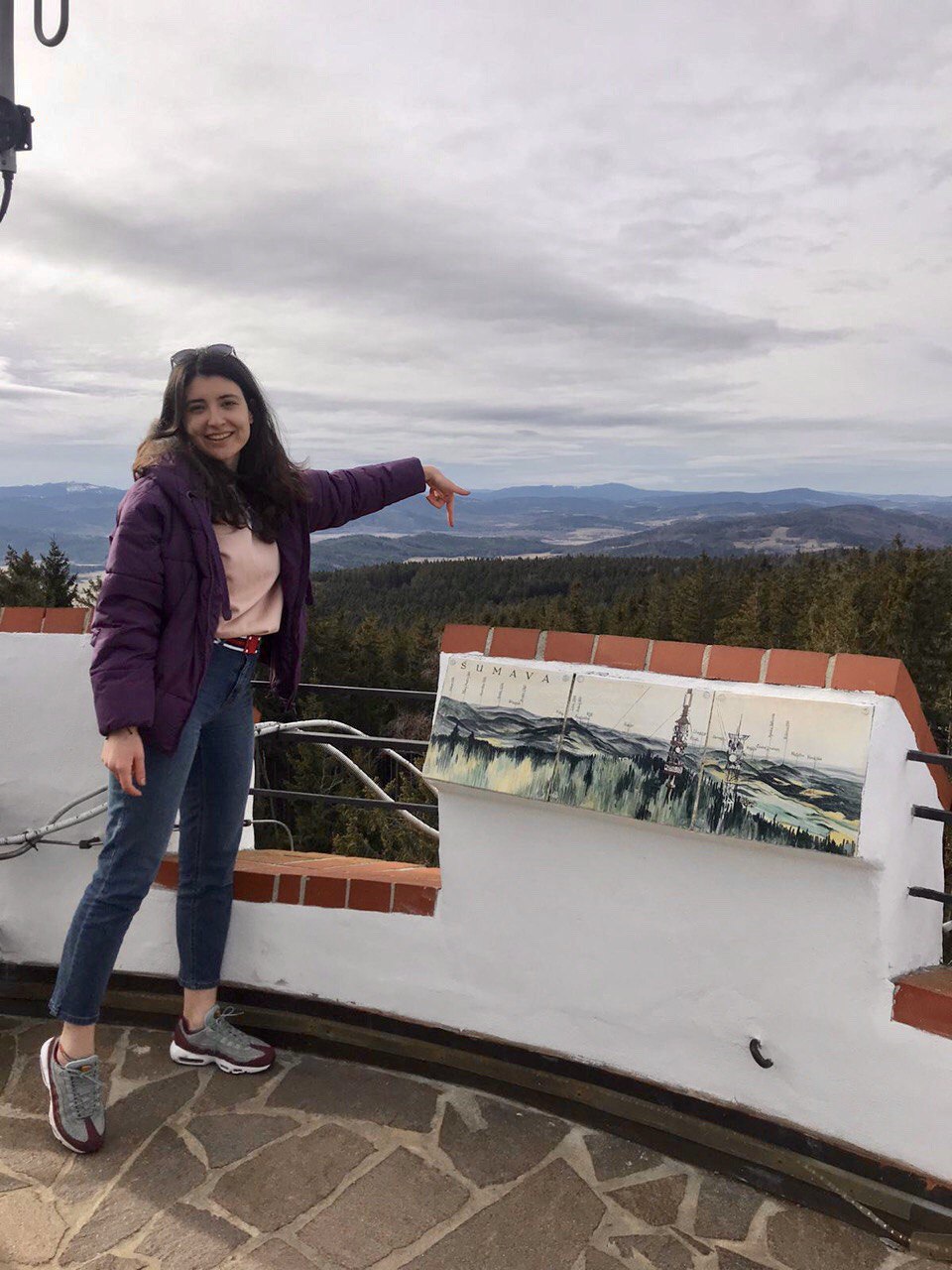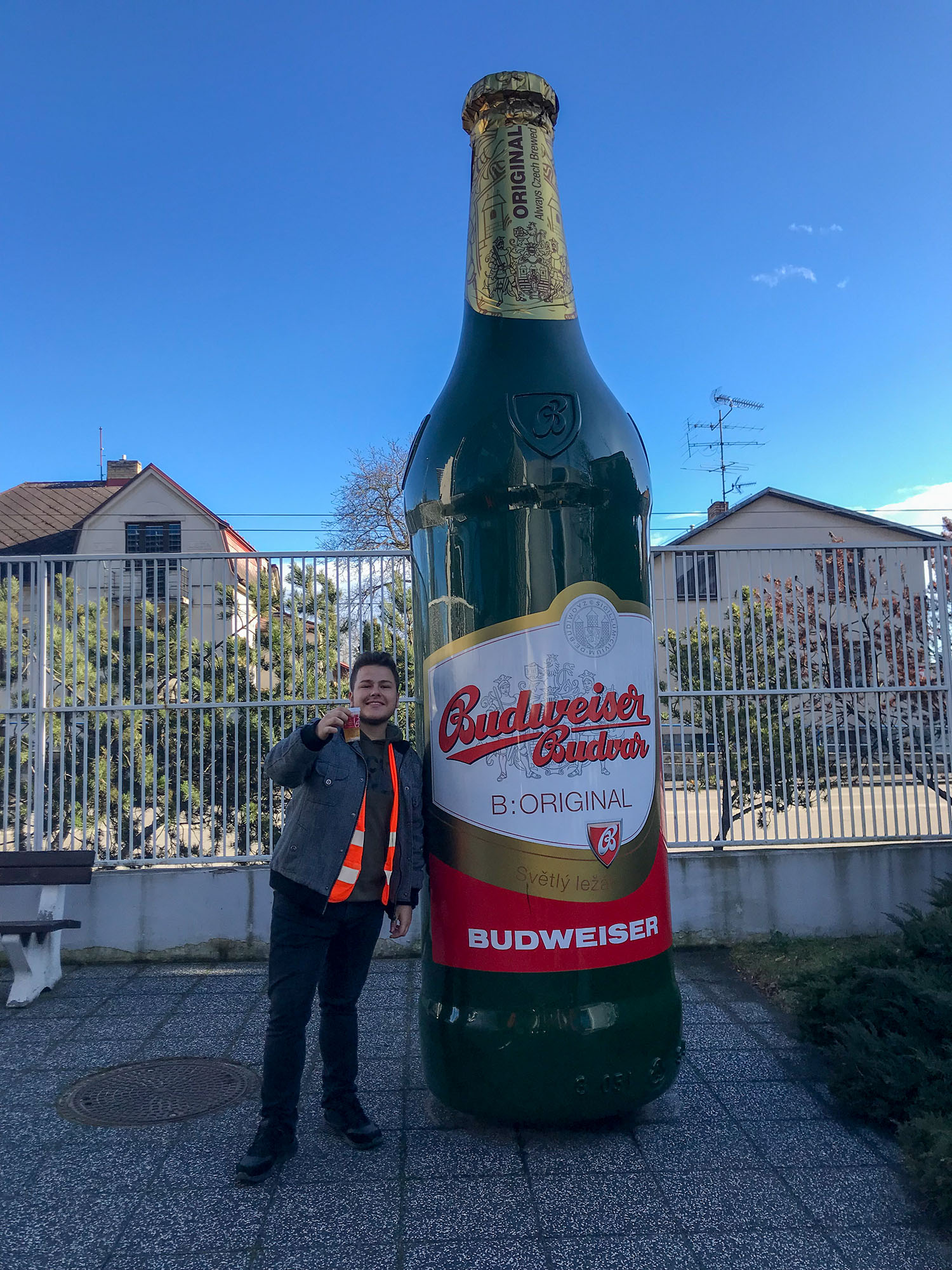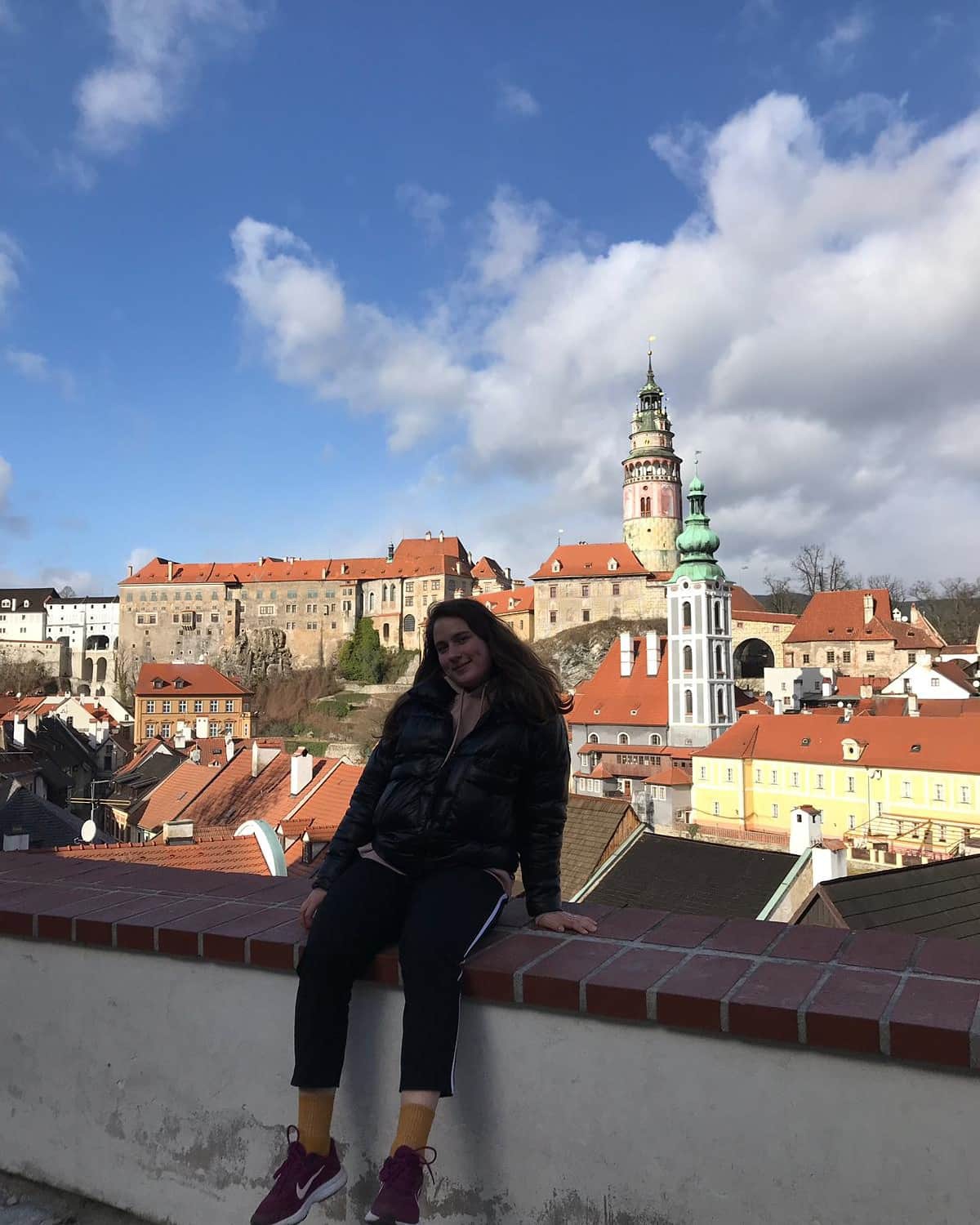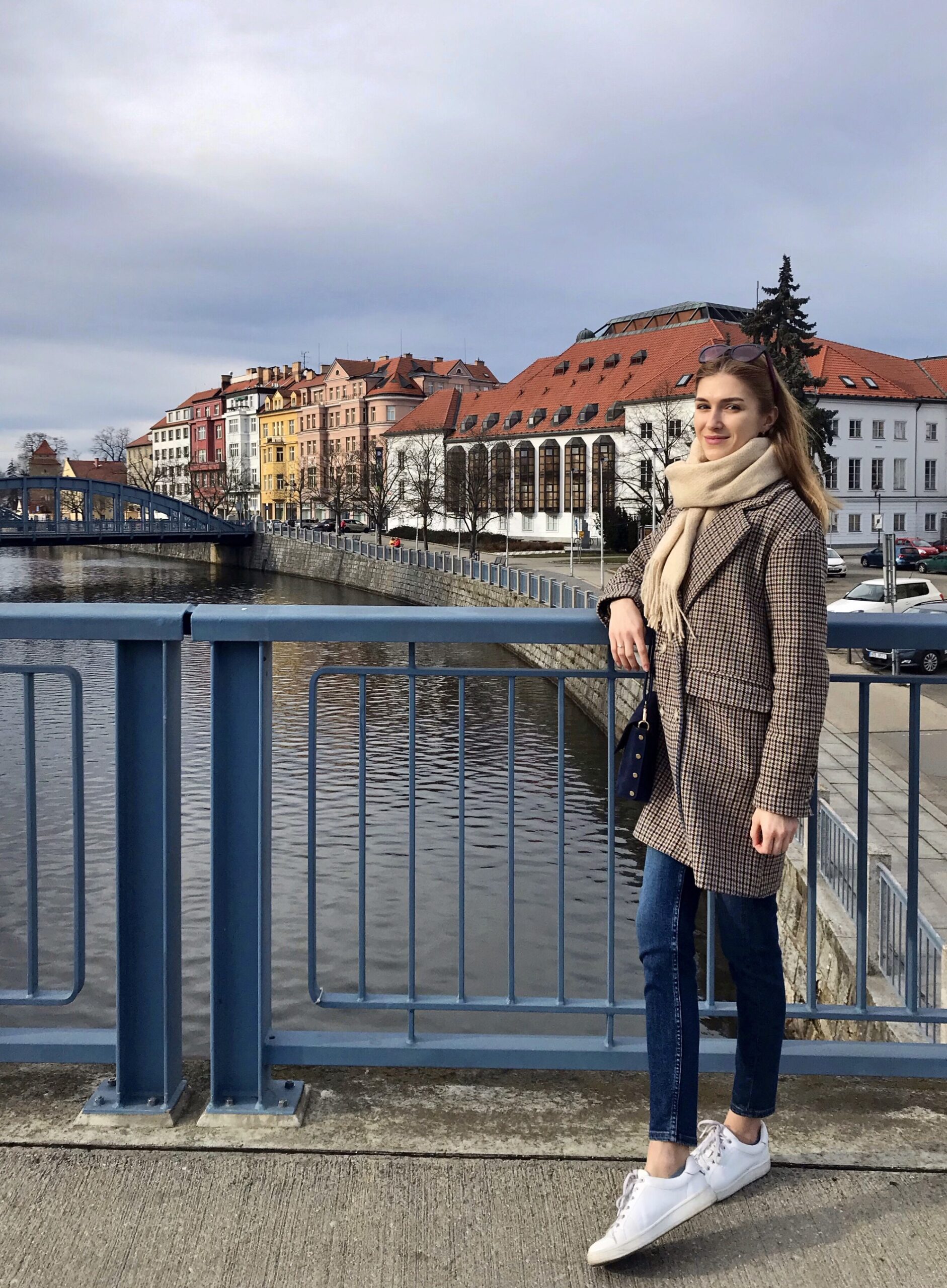Patents
Patents are awarded for innovations that are new and were created as a result of inventing activities and are applicable in industry. It is possible to acquire a patent not only for new products and technologies, but also for chemically produced substances, drugs, industrial production micro-organisms, as well as biotechnological procedures and products obtained through them. On the contrary, it is not possible to acquire a patent for discoveries or scientific theories, computer programmes, new strains of plants, breeds of animals and methods of treatment for people and animals.
A patent awarded in the Czech Republic is valid for 20 years from the date of submission of an application. By submitting an application nobody may use the invention without the owner’s consent. Consent to use a patent is awarded in form of a licensing agreement. It is also possible to sell a patent. Infringement of a patent involves full civil and criminal liability.
Utility Models
Utility models are new, industrially applicable technical solutions that exceed the scope of mere professional skills. The preconditions for the protection of a utility model differ from the protection provided by a patent only in terms of the requirements for the level of the solution. Protection under a utility model does not apply to methods of production or work activities and biological reproductive materials. The principles that apply for patent applications essentially also apply for the right to protection under a utility model when making a utility model application. Unlike patent protection, the registration of a utility model may be carried out very quickly; usually within three to four months from filing an application.
Industrial Designs
Protection of an industrial design happens by registering a design solution in the relevant register. Under industrial design is understood the appearance of a product, which includes its characteristic lines, outlines, colours, shapes, structure or materials of the product itself or its decorations. It is a visually perceptible feature of a product; it has nothing to do with its technical or constructional specifications. The product may be an industrially or manually produced three or two-dimensional item. Graphics do not constitute industrial design unless directly connected with a specific product.
Trademarks
A trademark is a brand that includes graphic representations created by words, letters, numbers, colour(s), a drawing or the shape of a product or its packaging, the purpose of which is to distinguish a product or service. A trademark application for registration in the register may be submitted by either a natural or legal person. The Trademark Office carries out formal research to identify whether the application fulfils all the legal requirements, as well as substantive research whereby it ascertains whether the subject of the application is a brand that does not qualify for registration in the register. Disqualification is understood to include e.g. identity with another formerly registered trademark, generic or descriptive brand, false or untrue identification, etc.





